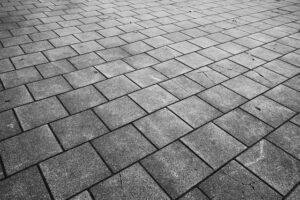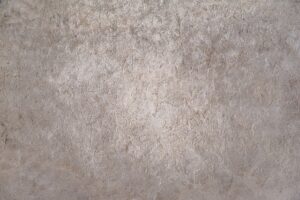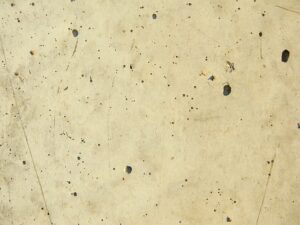Strength and Safety: The Advantages of Constructing with Insulated Concrete Forms
Insulated Concrete Forms (ICFs) are an advanced building technology that offers superior thermal efficiency, structural resilience against harsh weath…….

Insulated Concrete Forms (ICFs) are an advanced building technology that offers superior thermal efficiency, structural resilience against harsh weather conditions like hurricanes, tornadoes, and earthquakes, and energy-efficient living spaces. These systems consist of interlocking foam panels filled with poured concrete, creating a continuous insulation barrier that reduces energy costs while providing robustness similar to shear walls. ICFs are particularly advantageous in natural disaster-prone areas, as they minimize potential failure points and can significantly reduce structural damage from high winds, flying debris, and seismic events. The solid concrete core within ICF walls also ensures better indoor air quality, acoustic performance, and consistent temperatures year-round. Real-world examples demonstrate the effectiveness of ICFs in withstanding natural disasters, as evidenced by structures that remained intact after severe tornadoes and earthquakes. This construction method represents a commitment to sustainable building practices and provides a safe, durable, and cost-effective alternative to traditional construction methods.
Insulated Concrete Forms (ICFs) are revolutionizing the construction industry by delivering robust, resilient buildings that stand strong against natural disasters. This article delves into the multifaceted benefits of ICF technology, from its inherent disaster resistance to its role in promoting sustainable building practices. We will explore the science behind ICF, the detailed building process, and how it compares to traditional methods. Through case studies, we’ll examine real-world applications that highlight the durability of ICF structures under extreme conditions. Additionally, we’ll dissect the energy efficiency advantages, design versatility, cost implications, environmental impact, and future potential of ICF in both residential and commercial projects. This comprehensive guide also addresses codes, standards, and regulations, as well as the training necessary for workers to master ICF construction techniques. Finally, we’ll look ahead to the technological advancements that promise to further enhance this innovative building solution. Join us as we constructively discuss the strong foundation ICF is laying in the realm of modern construction.
- Unveiling the Strength of Insulated Concrete Forms (ICF) in Modern Construction
- The Science Behind ICF: How They Deliver Disaster Resistance
- ICF Construction: A Closer Look at the Building Process
- Comparing ICF to Traditional Building Methods: Benefits and Drawbacks
- Case Studies: Real-World Examples of ICF Structures withstanding Extreme Conditions
Unveiling the Strength of Insulated Concrete Forms (ICF) in Modern Construction
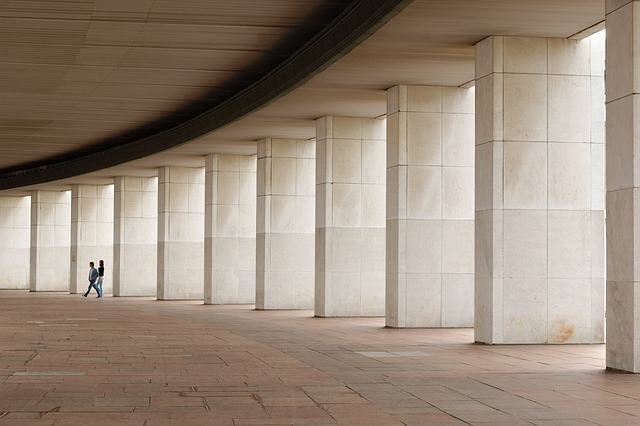
Insulated Concrete Forms (ICFs) represent a significant advancement in modern construction, offering exceptional durability and resilience against natural disasters. These high-performance building systems consist of pre-cast concrete blocks with an insulating material sandwiched between two layers, providing thermal efficiency and structural integrity. ICF structures are engineered to withstand extreme weather conditions, including hurricanes, tornadoes, earthquakes, and heavy snow loads. The interlocking forms create a monolithic concrete core that serves as the building’s primary structure, offering unparalleled stability and reducing the need for additional reinforcement materials. This results in less material waste and a more sustainable construction process.
The resilience of buildings constructed with ICFs is further enhanced by their airtight design, which minimizes energy loss and improves indoor air quality, leading to energy-efficient and comfortable living spaces. Moreover, the robust nature of these forms allows for fewer joints and seams compared to traditional construction methods, significantly reducing the potential points of failure during catastrophic events. This robustness, combined with the thermal mass properties of concrete, provides superior acoustic performance and consistent indoor temperatures, contributing to the overall sustainability and longevity of the building. The adoption of ICFs in modern construction is a testament to the industry’s commitment to innovation and resilience in the face of increasing natural disaster challenges.
The Science Behind ICF: How They Deliver Disaster Resistance
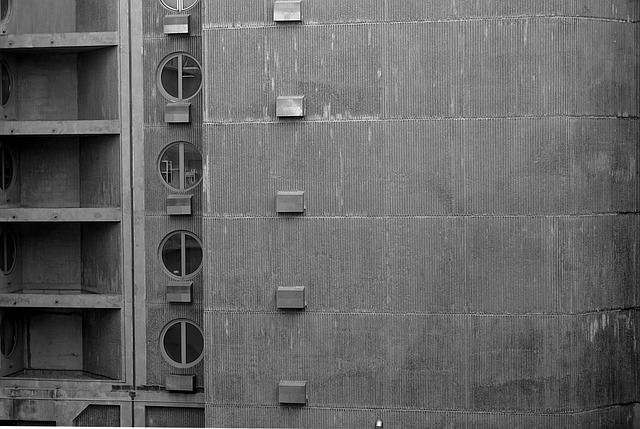
Insulated Concrete Forms (ICF) represent a modern construction method that significantly enhances the disaster resistance of buildings. The science behind ICF lies in its composite design, which incorporates high-performance foam insulation with poured-in-place concrete. This integration provides a structure with superior thermal mass and energy efficiency, but it also offers unparalleled resilience against environmental stressors. The dense, solid concrete core within the ICF walls acts as an armor against forces such as high winds, flying debris, and seismic activity. Its monolithic nature ensures that the structure remains intact even when traditional framing would have failed.
The ICF system’s robustness is further exemplified by its ability to withstand extreme weather conditions. The interlocking foam panels, which are interconnected and filled with concrete, create a continuous insulation barrier that not only reduces energy costs but also provides a shear wall effect. This rigidity helps the building to stay standing during high-wind events, such as hurricanes or tornadoes, by transferring the lateral forces into the ground through the foundation. Additionally, in seismic regions, the uniformity and solidity of ICF walls provide a stable base that can minimize structural damage from earthquakes. The result is a safer living environment that stands strong against the unpredictability of natural disasters.
ICF Construction: A Closer Look at the Building Process
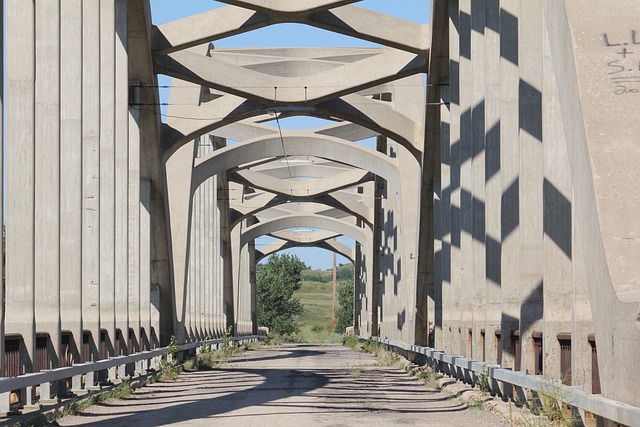
Insulated Concrete Form (ICF) construction offers a robust and resilient approach to building structures that are both energy-efficient and capable of withstanding natural disasters. The ICF system consists of interlocking foam blocks, which are filled with concrete during the construction process. These blocks provide a high level of insulation, significantly reducing heating and cooling costs while maintaining interior comfort. The foam, typically expanded polystyrene (EPS) or extruded polystyrene (XPS), serves as an insulator between the reinforced concrete layers, creating a sandwich-like structure with excellent thermal properties.
During construction, these interlocking blocks are stacked to form walls, and steel mesh rebar is inserted within the foam to reinforce the concrete. Once the foam blocks are in place, the entire structure is filled with concrete, which hardens into the final wall. The result is a monolithic concrete wall that is not only thermally efficient but also incredibly strong. This construction method not only enhances the building’s resistance to environmental elements such as wind and rain but also provides significant protection against seismic activity and other natural disasters. The integrity of ICF-built structures has been proven time and again, making it a preferred choice for those prioritizing durability and safety in their construction projects.
Comparing ICF to Traditional Building Methods: Benefits and Drawbacks
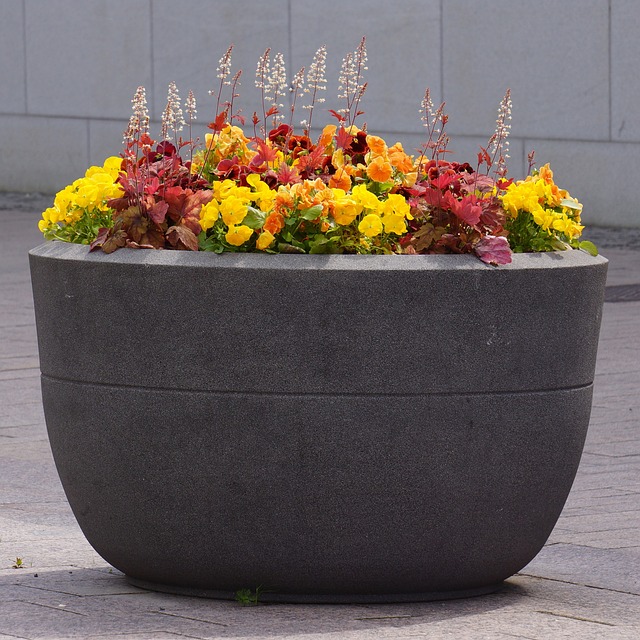
Insulated Concrete Forms (ICF) represent a modern construction method that stands apart from traditional building techniques due to its superior insulation properties and enhanced disaster resilience. Unlike conventional methods, ICF construction integrates high-performance foam with concrete, creating walls that are both thermally efficient and robust. This integration results in structures that maintain interior temperatures more effectively, reducing energy consumption for heating and cooling by as much as 50%. Additionally, the dense nature of ICF walls provides a level of structural integrity that can withstand extreme weather conditions, from hurricanes to earthquakes, better than many traditional materials. The interlocking design of the forms also contributes to the building’s resilience, as they act as an additional barrier against elements like water intrusion and wind pressure.
When comparing ICF to traditional construction methods, it’s evident that while traditional methods have a long history and established expertise, ICF offers distinct benefits in terms of energy efficiency, durability, and structural integrity. However, there are drawbacks to consider; ICF construction typically requires specialized labor and equipment, which can increase upfront costs. Moreover, the learning curve for contractors new to this system can lead to extended project timelines as they familiarize themselves with the technology. Despite these factors, the long-term savings in energy bills and reduced maintenance needs, coupled with the environmental benefits of less waste and more sustainable materials, make ICF a compelling choice for those looking to construct strong, energy-efficient buildings that stand the test of time and natural disasters.
Case Studies: Real-World Examples of ICF Structures withstanding Extreme Conditions

Insulated Concrete Forms (ICFs) have proven their efficacy in creating robust structures that withstand extreme conditions. In the aftermath of hurricanes, tornadoes, and earthquakes, numerous buildings constructed with ICF technology have emerged as paragons of resilience. For instance, the ICF-built home in Tuscaloosa, Alabama, which stood firm during a devastating EF4 tornado in 2011. Similarly, the Alberta datacenter in Canada, designed to operate without interruption even after an F5 tornado—a testament to the material’s capacity to maintain structural integrity under severe duress. The energy-efficient and durable nature of ICF structures is further evidenced by their performance during the catastrophic 2011 earthquake in Virginia, where numerous ICF buildings suffered minimal damage compared to their conventional counterparts. These real-world examples underscore the practical benefits of ICFs for sustainable and safe construction in disaster-prone areas. Builders and architects increasingly recognize the potential of ICF technology to create not only energy-efficient homes but also structures that can endure the harshest elements, offering peace of mind to occupants and a robust solution against natural disasters.
In conclusion, the adoption of Insulated Concrete Form (ICF) construction stands as a testament to human ingenuity in building resilient structures against the capriciousness of natural disasters. The robustness and thermal efficiency of ICF are unparalleled when compared to traditional methods, offering both durability and energy efficiency. The scientific principles underpinning ICF technology ensure that these buildings can withstand significant environmental stressors, providing homeowners and businesses with a safe haven. As the case studies amply demonstrate, ICF structures have proven their mettle in real-world scenarios, showcasing their exceptional performance in extreme conditions. Embracing ICF is not just a step towards sustainable living but also a strategic investment in disaster-resistant construction.
